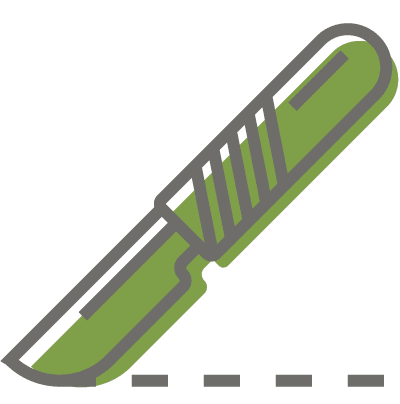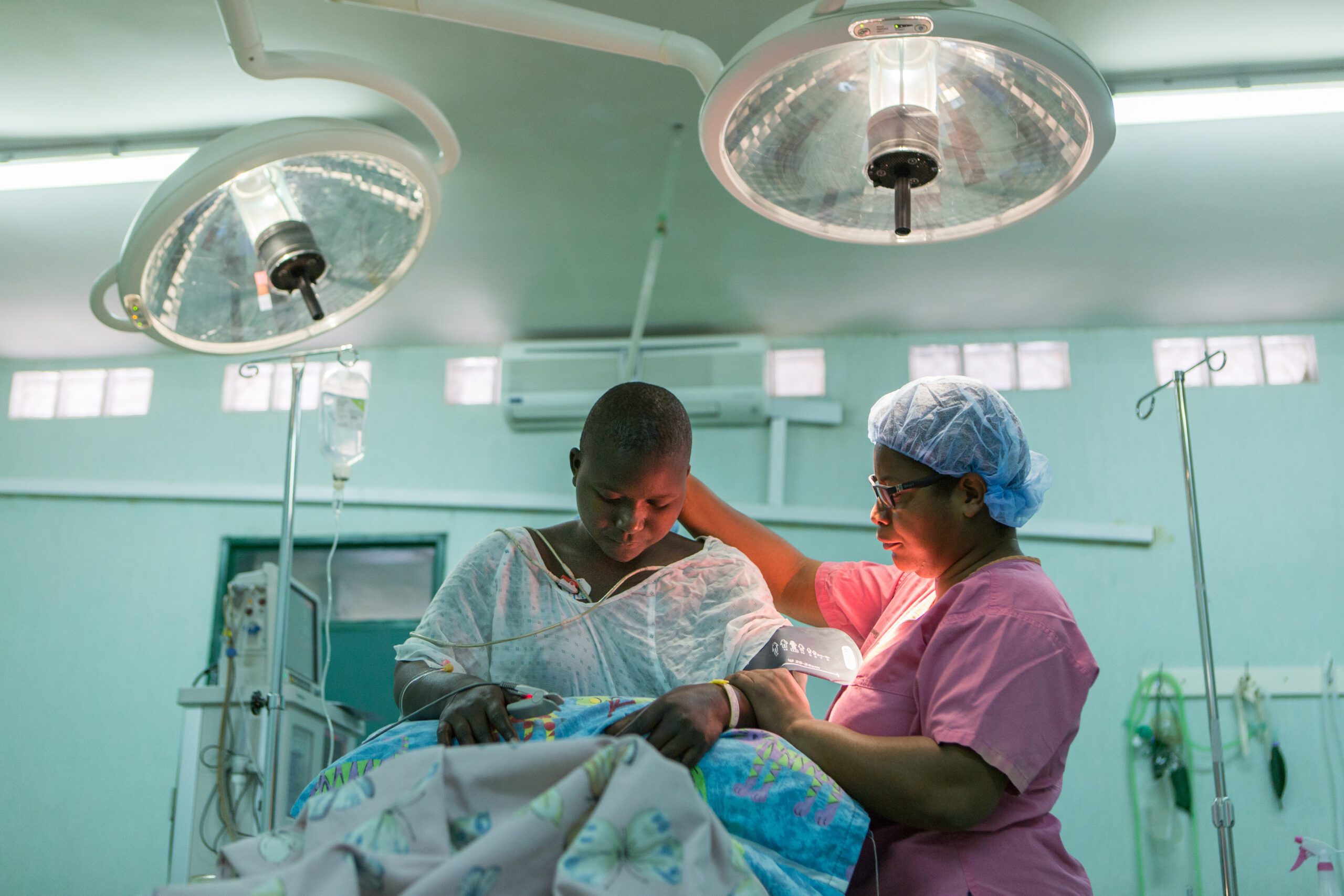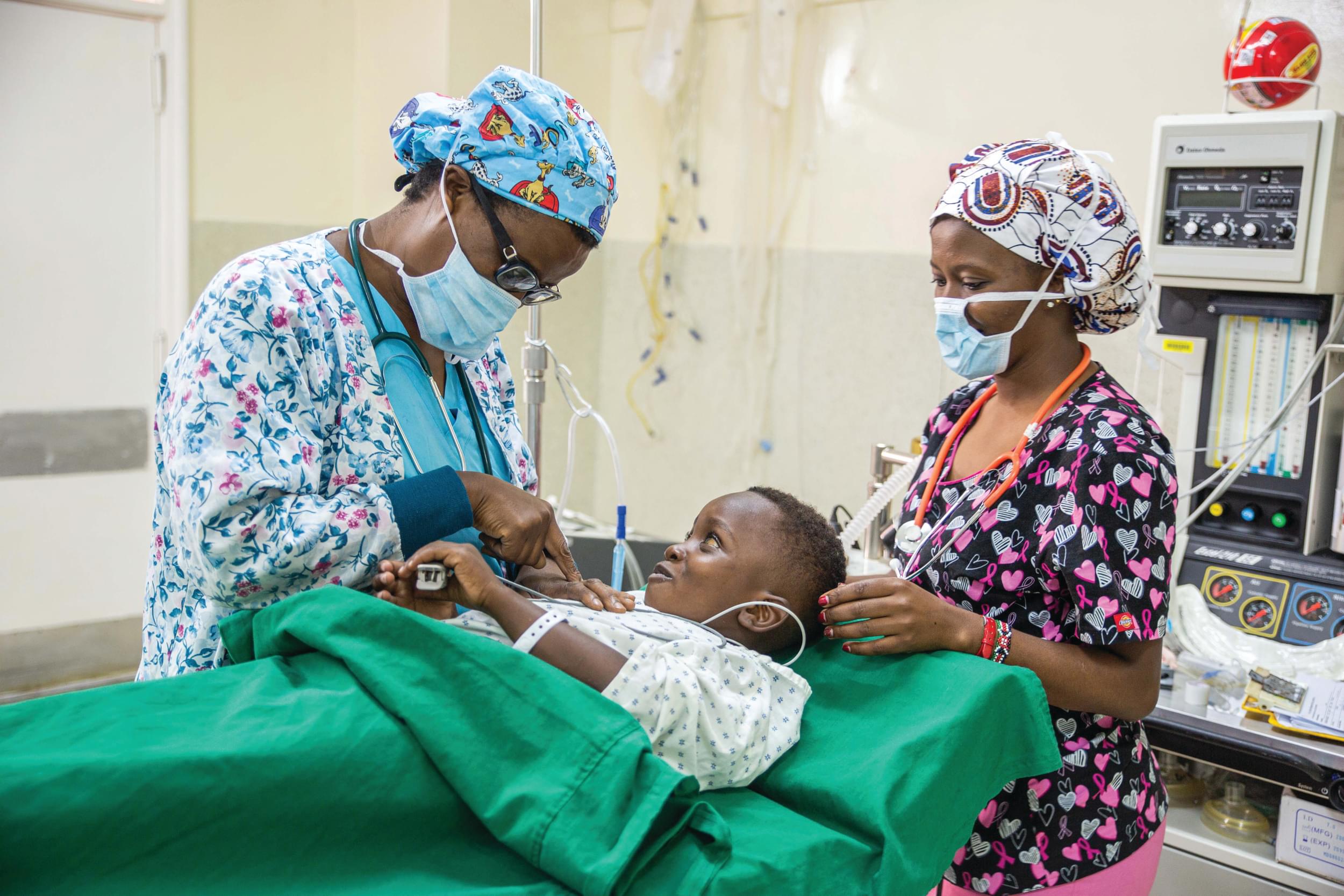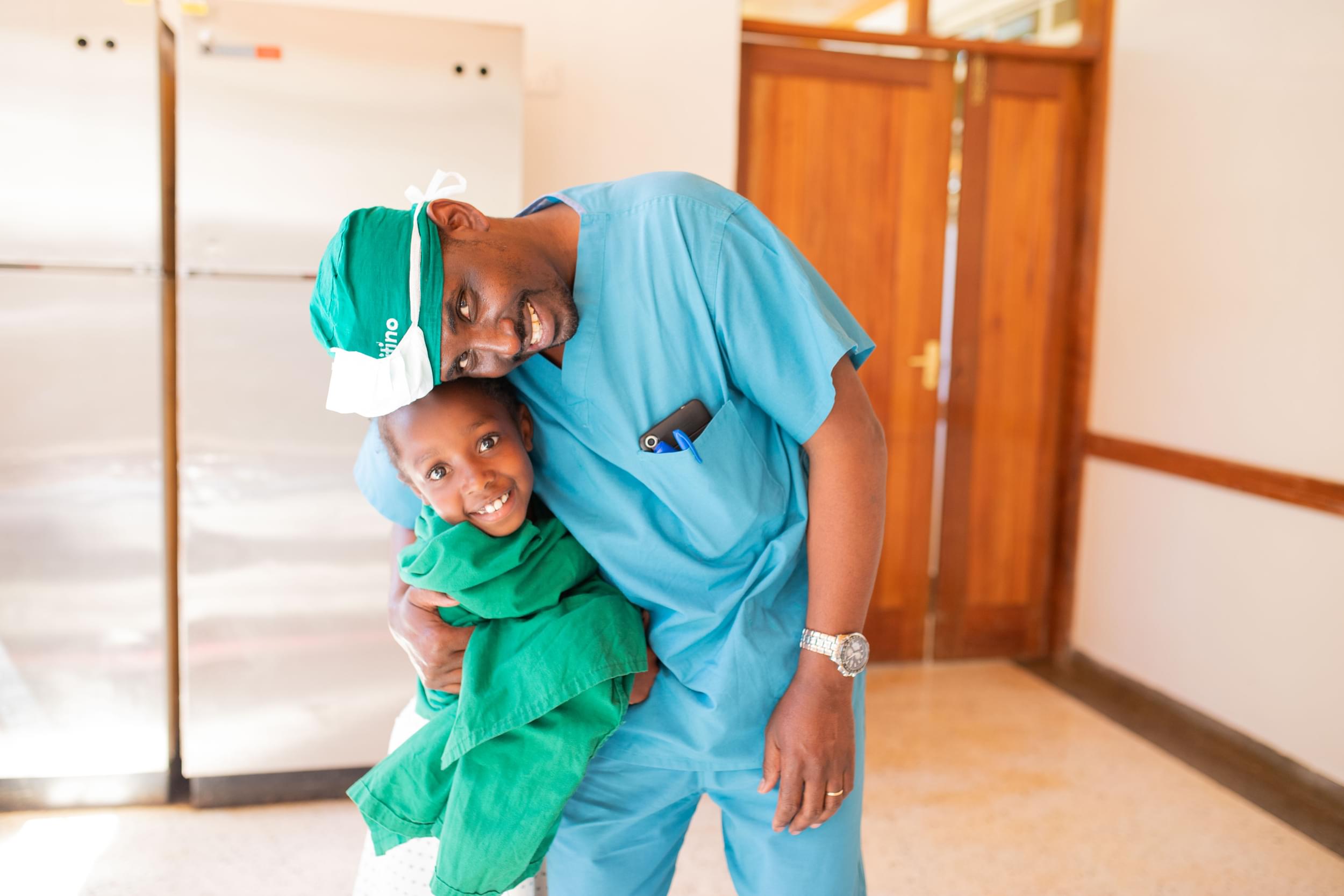Ponseti clubfoot management: Experience with the Steenbeek foot abduction brace
Abstract: Clubfoot is one of the most common congenital deformities, with an incidence of one in 1000 live births worldwide. In Kenya, approximately 1200 infants are born with clubfoot every year. Left untreated, clubfoot leads to painful, disabling deformity and social stigmatization. Bracing is an integral part of the internationally accepted standard of care, and the Ponseti method of clubfoot management with compliance with bracing is considered to be the key to a successful outcome (1). This has brought the type of brace under scrutiny, with newer ‘child-friendly’ braces recommended over the traditional Dennis Brown brace (Figure 1), which has been associated with high rates of noncompliance. However, these child-friendly braces are expensive (USD$300) and out of reach for most families of affected children in Kenya and other developing countries. The Steenbeek foot abduction brace (SFAB) is made locally in Kenya at a cost of <USD$10 (Figure 2). The SFAB has been in use since the inception of the Clubfoot Care for Kenya (CCK) program in 2005. Therefore, we performed a study investigating SFAB acceptance, tolerability, compliance, complications and outcomes in the CCK program.






















